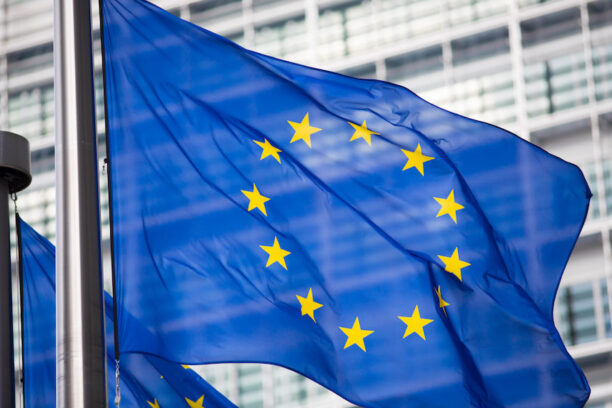Trellis recently posted a piece on Salesforce’s use of greenhouse intensity reporting rather than absolute emissions in
“what might be called the ‘intensity loophole.’ For years, standard-setters have grappled with how to create a framework that leaves room for fast-growing companies whose emissions keep rising in absolute terms. Small, disruptive businesses should be afforded room to grow their emissions, the logic goes, so they have the chance to improve on the status quo — and to unseat high-emitting legacy companies?
In the early days of target-setting, most companies set absolute reduction goals, because intensity targets were seen as lower ambition. But as companies miss their targets, Salesforce and many others have moved the goalposts — either by dropping net zero altogether or by reshaping their targets to fit the business.”
But there is also more to this. One thing I learned in researching how companies report sustainability-related financial information:
Companies present sustainability value and revenue-normalized operational metrics using GAAP and non-GAAP numbers, showing inconsistency even in how normalized operational metrics are presented.
So I checked the basis of Salesforce’s GHG intensity. The denominator in their calculations is FY25 “revenue.” I checked the FY25 financial statements to confirm that the company used the figure ($37.9B) in both reports – and they did.
But not all companies are consistent in this regard, and that can make a big difference in GHG intensity. For instance, had Salesforce used EBITDA (a non-GAAP figure) rather than GAAP revenue, the $37.9B would have been reduced to $12.7B – two-thirds lower. Of course, the end result would be a meaningful increase in GHG intensity, which companies prefer to avoid. But I did find some companies reporting various metrics in relation to non-GAAP numbers, complicating comparability and imprecisely presenting GHG intensity figures.
If you are planning to report revenue-based sustainability metrics, there should be a thoughtful internal conversation about what “revenue” numbers to use. Among the considerations should be what peer companies are doing and which number key investors prefer.
Interested in a full membership with access to the complete range of benefits and resources? Sign up now and take advantage of our no-risk “100-Day Promise” – during the first 100 days as an activated member, you may cancel for any reason and receive a full refund. But it will probably pay for itself before then. Members also save hours of research and reading time each week by using our filtered and curated library of ESG/sustainability resources covering over 100 sustainability subject areas – updated daily with practical and credible information compiled without the use of AI.
Practical Guidance for Companies, Curated for Clarity.
Photo credit: monticellllo – stock.adobe.com










